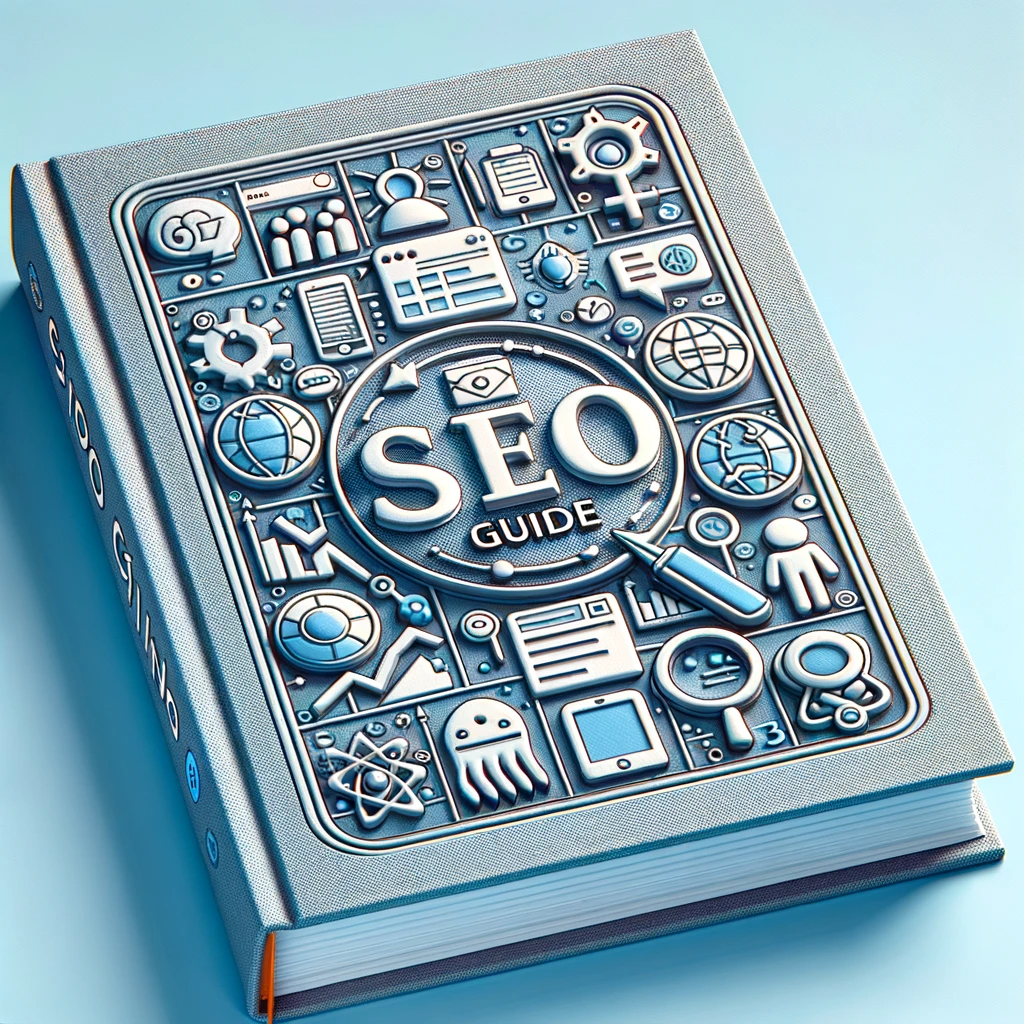Search engine optimisation may at first seem like a jungle of different things to keep track of. And it is. But once you get an overall understanding, most of it makes sense. There are over 200 different factors that affect your ranking, some more important than others. I often check out friends' websites, or their workplace website. You know, for fun. All too often these are not optimised. At all. Their website can be visually appealing, but it doesn't matter when no one can find it. Anyone who runs their own or their employer's website should learn the basics of SEO, so I've put together a little guide of simple measures you can implement on your website.
Think about which keywords you want to appear on
This may not be the easiest for the uninitiated, so let me give a simple example. You run your own painting company in Stockholm. Now put yourself in the shoes of a potential customer who needs a painter in Stockholm. How does this customer go about finding a painter? Most likely, this person will search on Google for the service he needs. But what will he search for? What would you search for? Painter in Stockholm? Painting company in Stockholm? Exactly, something like that. Painter in Stockholm, painting in Stockholm, painting company in Stockholm - all these would be relevant keywords to use for a painting company operating in Stockholm.
Once you have decided which keyword(s) you want to appear on, you can look up this keyword to see the approximate search volume per month, how tough the competition is, and related keywords. You can do this easily with Google Keyword Planner. Setting up an account and using the Keyword Planner is completely free of charge.
Use the keyword in the headings of your web page.
Now that you have selected one or more keywords, you are ready to implement them in your website's headings. Keep in mind that you should ideally use one keyword per page, however, you can utilise different inflections of the keyword, it doesn't have to be printed in exactly the right way. Structure your headings and write relevant text for each heading. A page should have only one main heading (H1), and this should be as comprehensive and clear as possible. Let's go back to the previous example of a painting company in Stockholm. A reasonable main heading would be just that - Painting company in Stockholm. H1 is the most important heading on the page, the rest of the headings are divided into H2 - H6, with H2 being the second most important and H6 the least important. The headings should tell you as much as possible what the text below is about. It's no more difficult than that, it's all about the relevance of your website. When someone enters a search phrase in the search bar, Google wants to provide the best and most relevant information.
Optimise the metadata
Another important part is to write a relevant meta title and meta description, and here you should of course include your chosen keyword. The title (not to be confused with the main heading (H1)) could be written as follows: Målerifirma i Stockholm | Company name.
The meta description should describe as best as possible what a web page is about. The content should be a maximum of 160 characters, so choose your words carefully. A meta description should be appealing and encourage people to visit your website.





